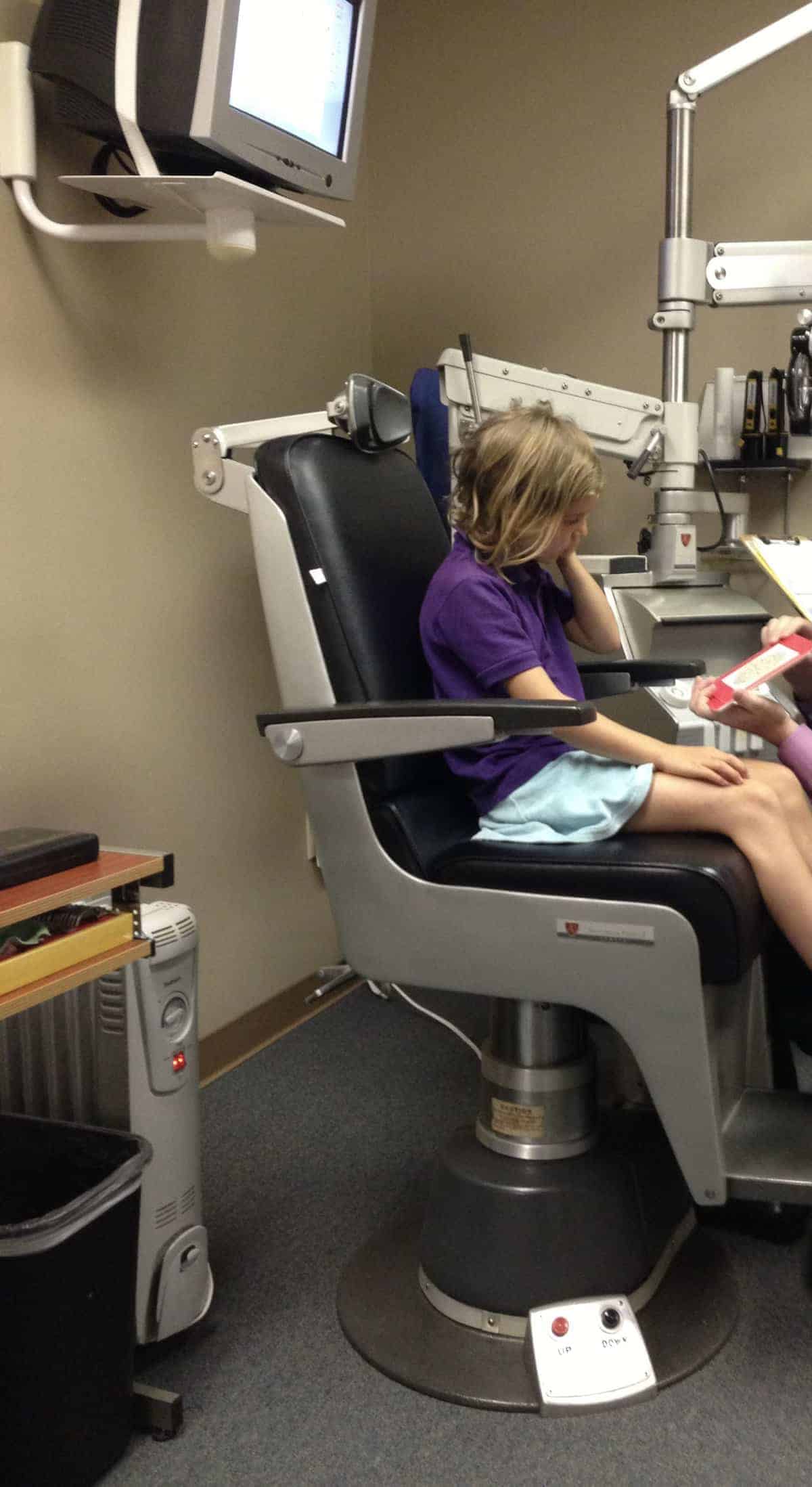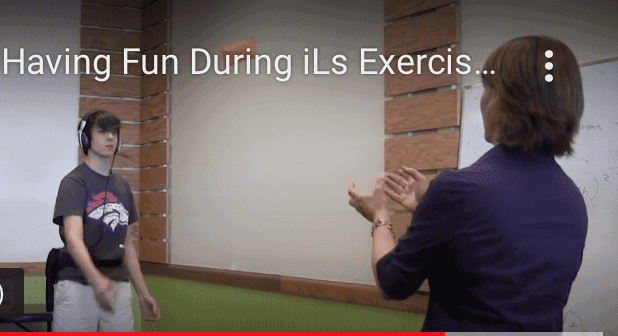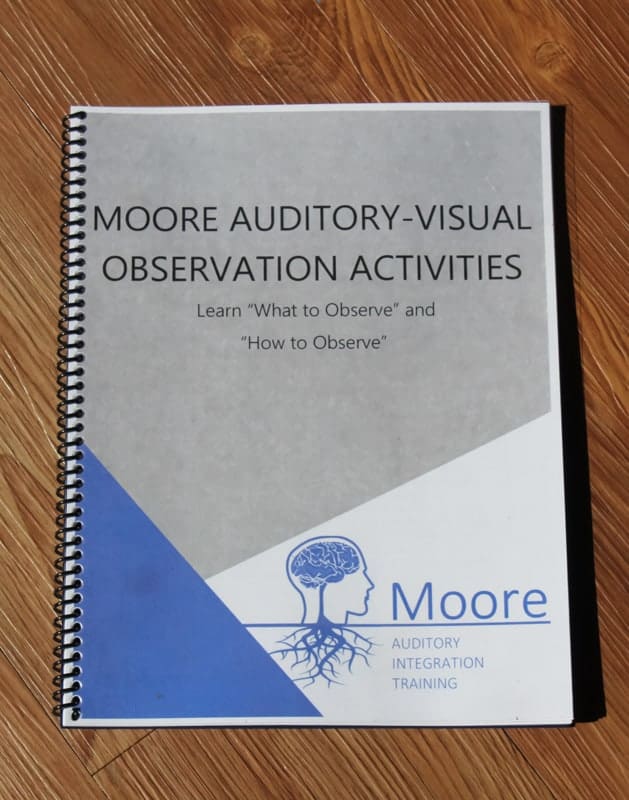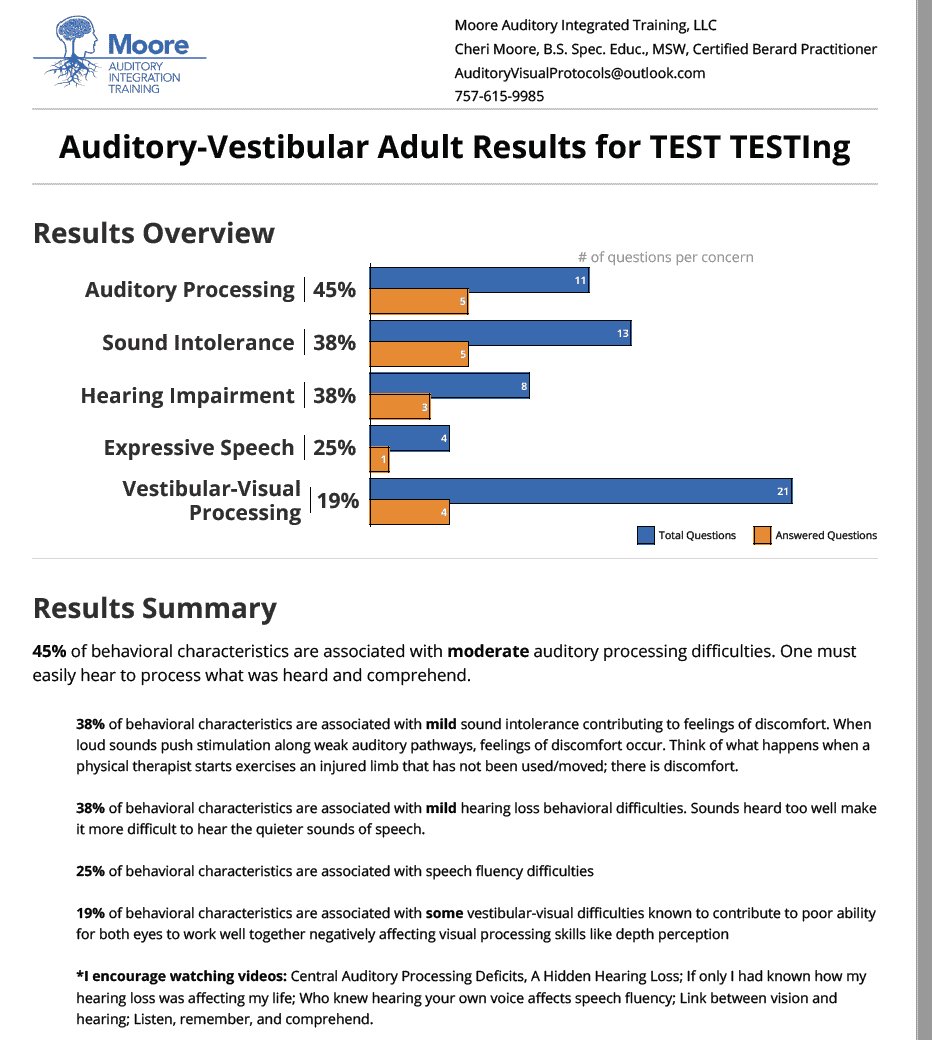Who Benefits from Auditory-Visual Training?
People ages three and older, with and without a diagnosis, benefit from Auditory-Visual Training. Cheri uses Berard-based Auditory Integration Training and iLs Integrated Listening to help her clients. Throughout the website, Cheri shares the benefits auditory integration training and vision therapy can have on those with auditory processing difficulties and visual processing difficulties.

Those with sound intolerance and visual processing difficulties often have no diagnosis. Does your loved one need a developmental visual processing exam?

Genetics contribute to ear, nose, and throat health. Preschoolers typically have a short neck. However, hearing loss occurs when they have inherited enlarged adenoids.
Individuals Recovering from Poor Ear, Nose, and Throat Health Benefit from Auditory Integration Training
Individuals recovering from poor ear, nose, and throat health benefit from auditory integration training. However, only after ears are healthy and resolution of congestion. If there are enlarged adenoids, Cheri does not provide auditory integration training. Cheri strongly recommends auditory integration training to strengthen the hearing system.
Poor ear, nose, and throat health can be a compounding factor when there is an existing genetic condition like autism or Down Syndrome. Furthermore, poor ear, nose, and throat health can contribute to the diagnosis of central auditory processing deficits and attention deficit hyperactivity disorder. Sound energy stimulation is weakened when the ears, nose, and throat are unhealthy. When a chronic condition is left untreated, it results in a chronic lack of sound energy stimulation to the cochlea within the ear. As a result, weak auditory neural pathways under-stimulate the brain.
Auditory Integration Training Benefits Individuals with a Neurodevelopment Disorder
What are the commonalities among autism spectrum disorder, global developmental delay, attention deficit hyperactivity disorder, and dyslexia? Researchers found a higher risk of auditory and visual processing difficulties. In autism, researchers found a higher risk of several different types of hearing loss.
What do less-known neurodevelopment disorders like specific learning disorders, language disorders, and motor disorders all have in common? Once again, auditory and visual processing difficulties.


Researchers Found Both Auditory and Visual Processing Difficulties
Auditory and visual processing difficulties, with or without sound intolerance, seem like a simple explanation. However, the different combinations of auditory and visual processing difficulties quickly become complex. Because auditory and visual processing difficulties are found within the neurology of the brain. In addition, there are differences based on the intensity and frequency of auditory and visual difficulties. To illustrate intensity and frequency, Cheri uses the words mild, moderate, severe, and no concerns. Because it is sometimes normal to struggle.
For example, a young child should show discomfort when fire truck sirens are on. A concern occurs when the child becomes hysterical, runs in the house to hide under the covers, and cries.
Researchers Found Both Auditory and Visual Processing Difficulties in Attention Deficit Hyperactivity Disorder, Autism, and Dyslexia.
Cheri provides a summary of research finding on each of the neurodevelopment disability menu items. Additionally, Cheri summarizes research concerning the effects of hearing loss on children and older adults. Suprisingly, the impact includes untreated, mild hearing loss.
Hidden Auditory-Visual Processing Challenges
Hidden challenges exist when the brain fails to receive strong visual information from both eyes. Likewise, challenges exist when the brain fails to receive strong auditory information from both ears. Thus, individuals with typical hearing loss or Central Auditory Processing Deficits, a hidden hearing loss between the cochlea and the brain, also experience visual processing difficulties. Only individuals born with hearing loss have a heightened sensory system. Then, there is an auditory-visual domino effect that contributes to confounding behaviors.
After studying the domino effect, Cheri developed three Moore Auditory-Visual Questionnaires providing Reports to help you recognize the meaning behind confounding behaviors.
Equally important, Moore Auditory-Visual Observation Activity Booklets teach you what to observe and how to observe. Recognizing behaviors associated with visual and auditory processing difficulties is powerful. You may be amazed to learn how smart your child must be to have learned despite difficulties.


The Moore Auditory-Visual Questionnaire
Insights into behaviors, emotions, and learning difficulties
The Moore Auditory-Visual Questionnaire Reports provide powerful insights into behaviors, emotions, and learning difficulties. Your reports help you team up with Cheri to advocate for comprehensive vision and hearing testing.
Have you ever asked yourself the question, “How does my brain process sights and sounds?” If not, you may be surprised to learn that hidden challenges within one sensory system, like your auditory system, has a domino effect on another sensory system, vision. We socialize, learn, and experience emotional health through two main sensory systems, hearing and vision. Our other sensory systems interact and integrate information through our auditory and visual systems.
For example, sound intolerance affects motor coordination, motion tolerance, attention, listening, learning, visual processing skills, and emotional health. Unfortunately, sound intolerance’s effects on auditory processing vary depending on the intensity of the difficulty and the onset of the difficulty. Thus, confounding behaviors exist.
The brain’s central neurological interactions are amazing. Your ability to function in all aspects of life depends on your auditory system and your visual system.
FDA Statement On AIT
“Auditory Integration Training remediates impairments in auditory discrimination (sound sensitivity and auditory distortion) associated with Autism, Learning Disabilities, and related disorders – ADD, ADHD, CAPD (Central Auditory Processing Deficits), SPD (Sensory Processing Disorder), Dyslexia.“
Moore Auditory-Visual Integration Training
Cheri Moore has been helping children and adults improve the brain’s ability to respond to intervention while minimizing negative behavioral responses.
